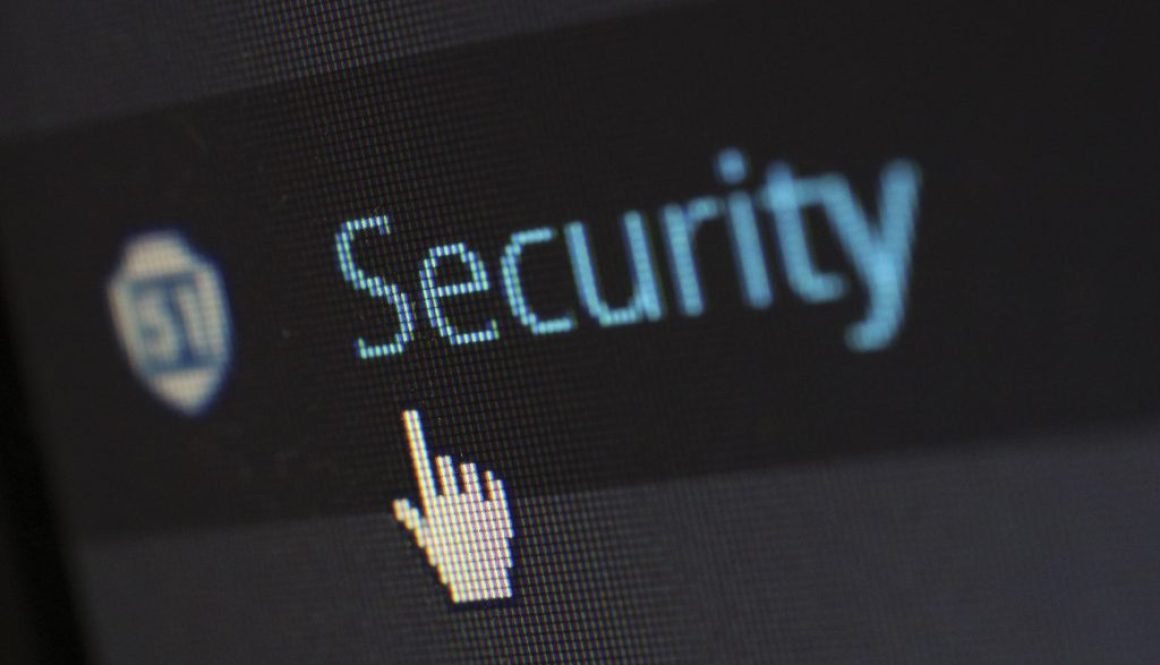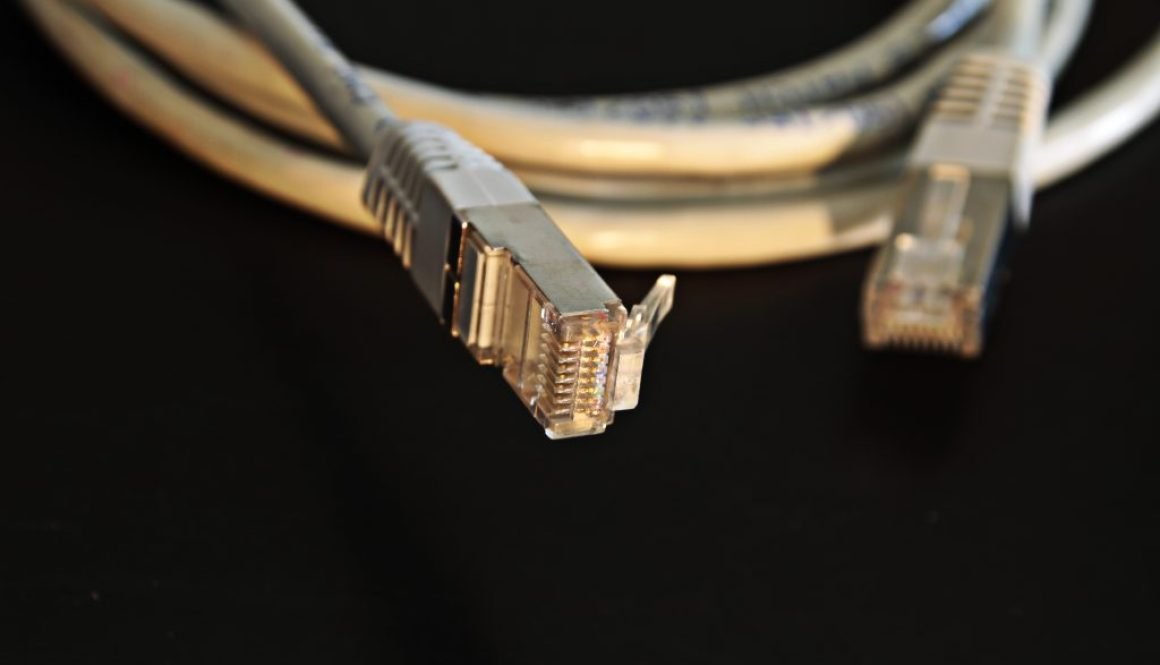How domestic robots are transforming daily life: The future of household management
Introduction to Domestic Robots
In today’s rapidly advancing world, technology has permeated every aspect of our lives, including the way we manage our households. The emergence of domestic robots has revolutionised daily life, making mundane tasks easier and more efficient. These intelligent machines are designed to assist with various household chores, freeing up valuable time and energy for individuals and families alike.
The History of Domestic Robots
The concept of domestic robots may seem like a recent development, but their roots can be traced back several decades. The first known domestic robot, named “Unimate,” was introduced in 1961 and revolutionised the manufacturing industry. However, it wasn’t until the late 20th century that domestic robots began to make their way into our homes.
Types of Domestic Robots and Their Functions
Today, there are a wide range of domestic robots available, each designed to perform specific tasks. Cleaning robots, such as robotic vacuum cleaners and mops, are perhaps the most common household robots. These devices autonomously navigate through your home, ensuring that your floors are spotless without any effort on your part.
Another popular type of domestic robot is the companion robot. These interactive robots provide companionship and emotional support, especially for the elderly or those living alone. They can engage in conversations, play games, and even monitor the well-being of their users.
Benefits of Using Domestic Robots in Daily Life
The integration of domestic robots into our daily lives has numerous benefits. Firstly, these robots save us valuable time and effort. By automating mundane tasks, such as cleaning or cooking, we can focus on more important aspects of our lives, such as spending time with loved ones or pursuing hobbies.
Additionally, robots can enhance the overall quality of life. For example, companion robots provide emotional support and companionship, reducing feelings of loneliness and isolation. These robots can also assist individuals with physical limitations, allowing them to maintain their independence and live fulfilling lives.
Common Misconceptions About Domestic Robots
Despite the numerous advantages of domestic robots, there are still some common misconceptions surrounding them. One misconception is that these robots will replace human interaction. While they can provide companionship, they are not intended to replace genuine human connections. Instead, they serve as valuable aids in our daily lives, complementing our relationships rather than replacing them.
Another misconception is that robots are prohibitively expensive. While some advanced models may come with a higher price tag, there are also affordable options available that can still provide significant assistance in managing your household.
The Future of Domestic Robots and Their Potential Impact on Society
As technology continues to advance, the future of domestic robots looks promising. With ongoing developments in artificial intelligence and machine learning, these robots will become even smarter and more capable. They will be able to adapt to our preferences, learn from our habits, and provide personalised assistance tailored to our individual needs.
The potential impact of robots on society is immense. They have the potential to transform the way we live, making our lives more convenient and efficient. They can also address societal challenges, such as an ageing population, by providing support and assistance to those who need it most.
Domestic Robots in Popular Culture and Media
The concept of domestic robots has long captured the imagination of popular culture and the media. From classic science fiction novels to blockbuster movies, robots have been portrayed in various ways. Sometimes they are portrayed as helpful companions, while other times they are depicted as potential threats to humanity. These portrayals reflect our fascination with and concerns about the role of technology in our lives.
Challenges and Limitations of Domestic Robots
While domestic robots offer great potential, they also face certain challenges and limitations. One major challenge is ensuring the safety and security of these robots. As they become more integrated into our homes and lives, there is a need to address potential vulnerabilities and protect against cyber threats.
Another limitation is the current lack of standardisation and interoperability among different domestic robot models. This can make it difficult for consumers to choose the right robot for their needs and may limit the overall adoption of these technologies.
How to Choose the Right Domestic Robot for Your Needs
With the increasing availability of domestic robots, choosing the right one for your needs can be a daunting task. To make an informed decision, consider factors such as the specific tasks you want the robot to perform, your budget, and the robot’s compatibility with other smart home devices. Research different models, read reviews, and seek recommendations to find the perfect domestic robot that suits your requirements.
Conclusion: Embracing the Future of Household Management with Domestic Robots
The future of household management is undoubtedly intertwined with the rise of domestic robots. These intelligent machines have the power to transform our lives by simplifying mundane tasks, providing companionship, and enhancing our overall well-being. As technology continues to advance, it is crucial that we embrace the potential of robots and explore how they can positively impact our daily lives.
also read:The Future of Military Robots: The Cutting Edge of Defence








